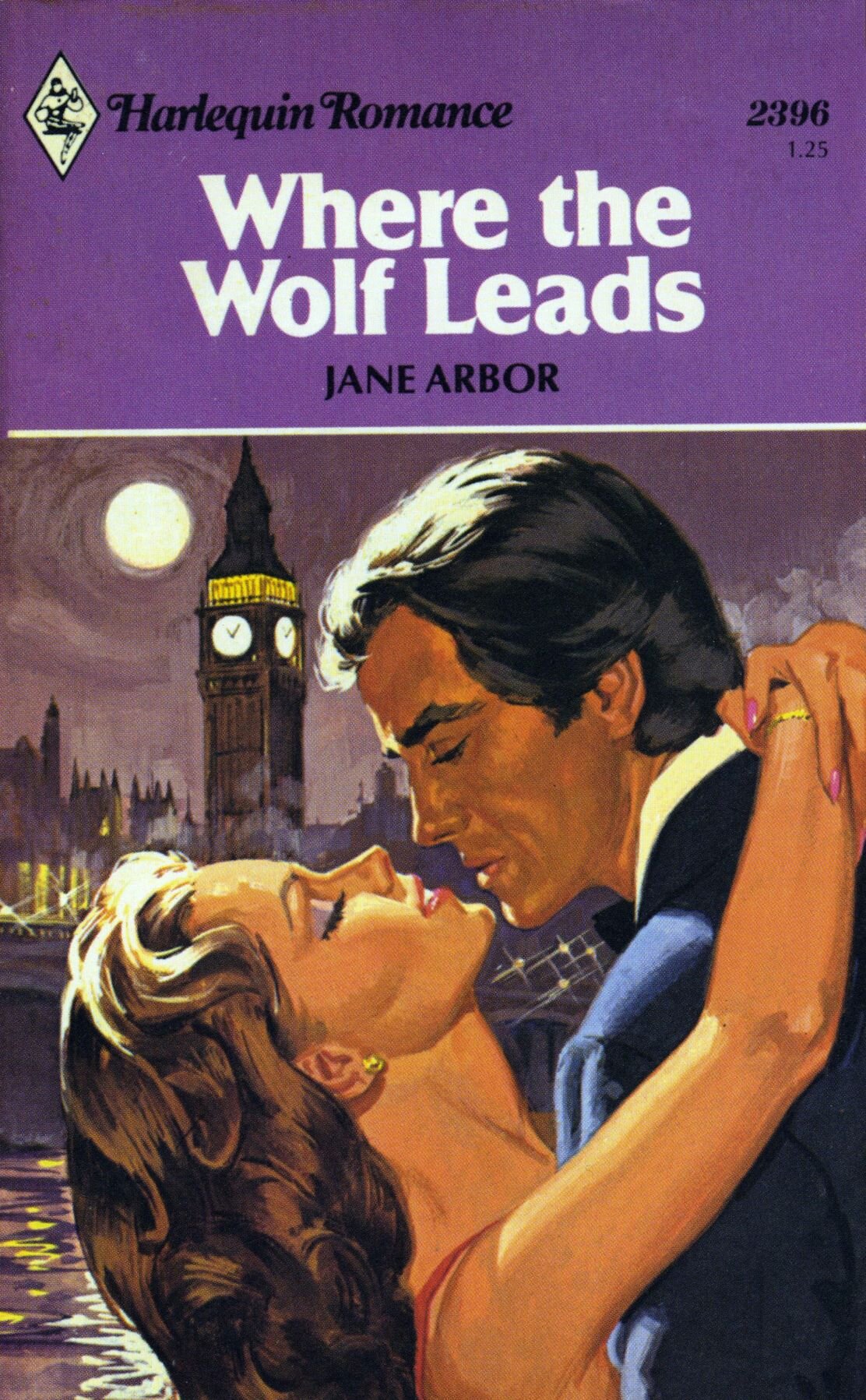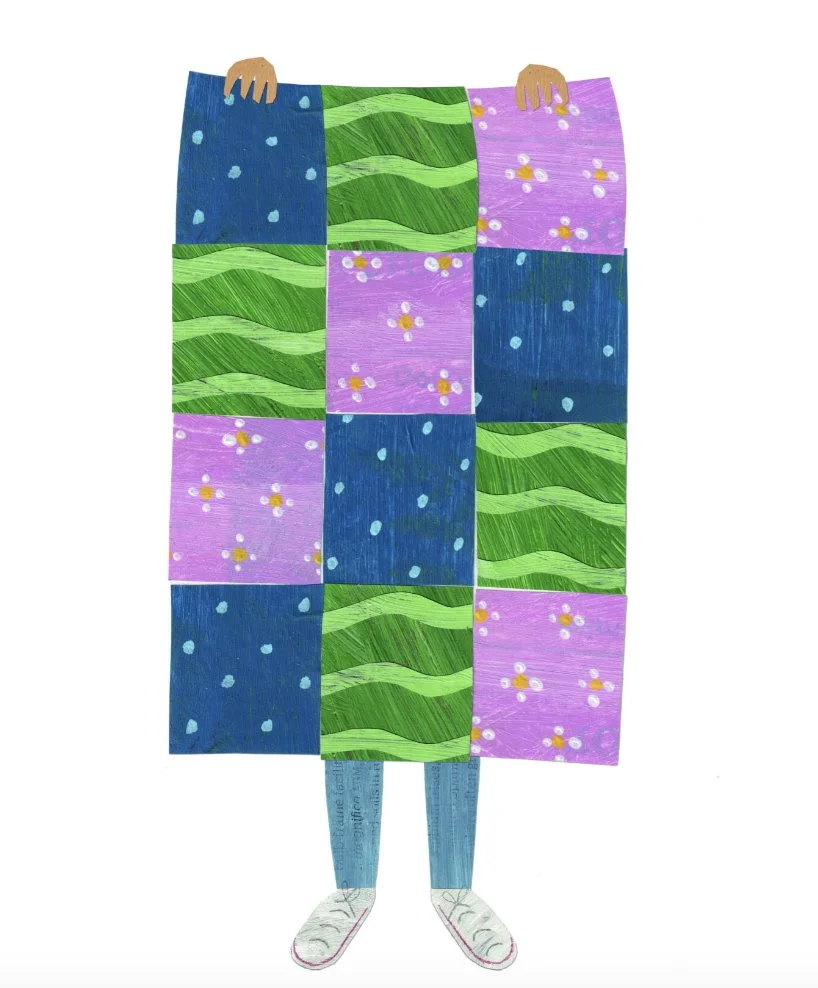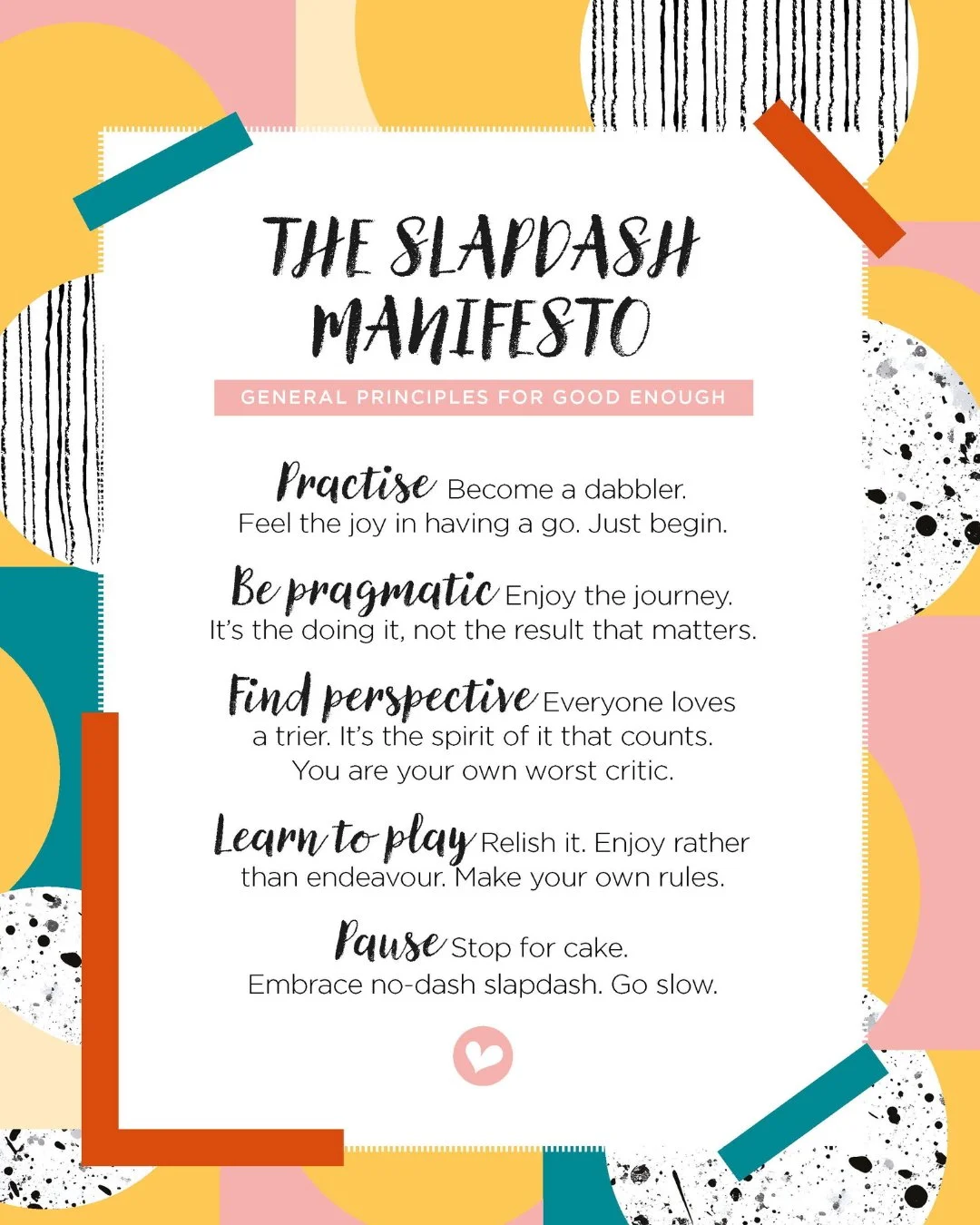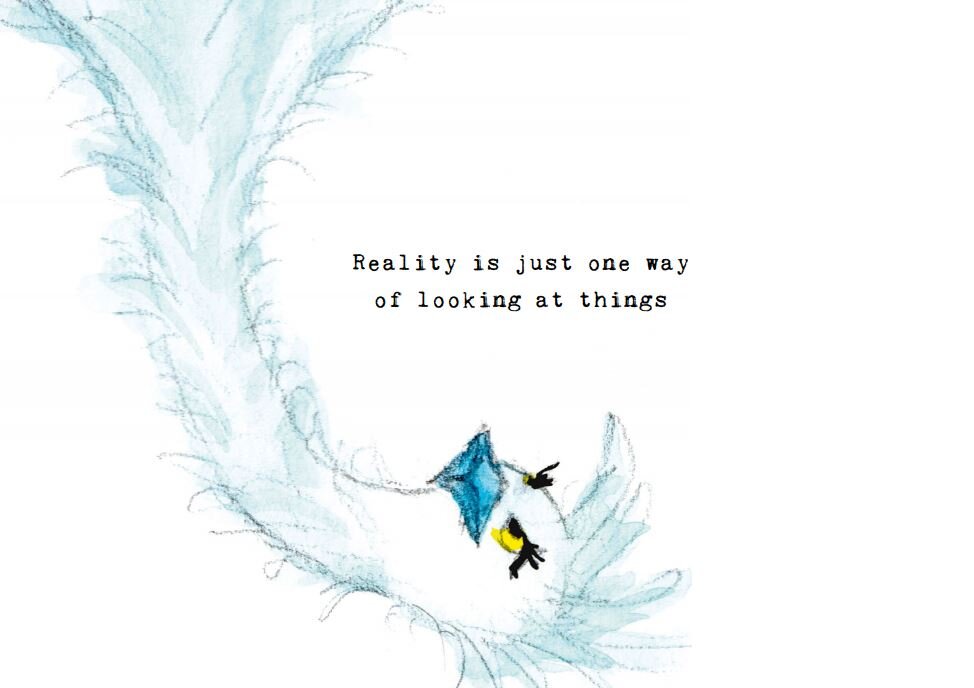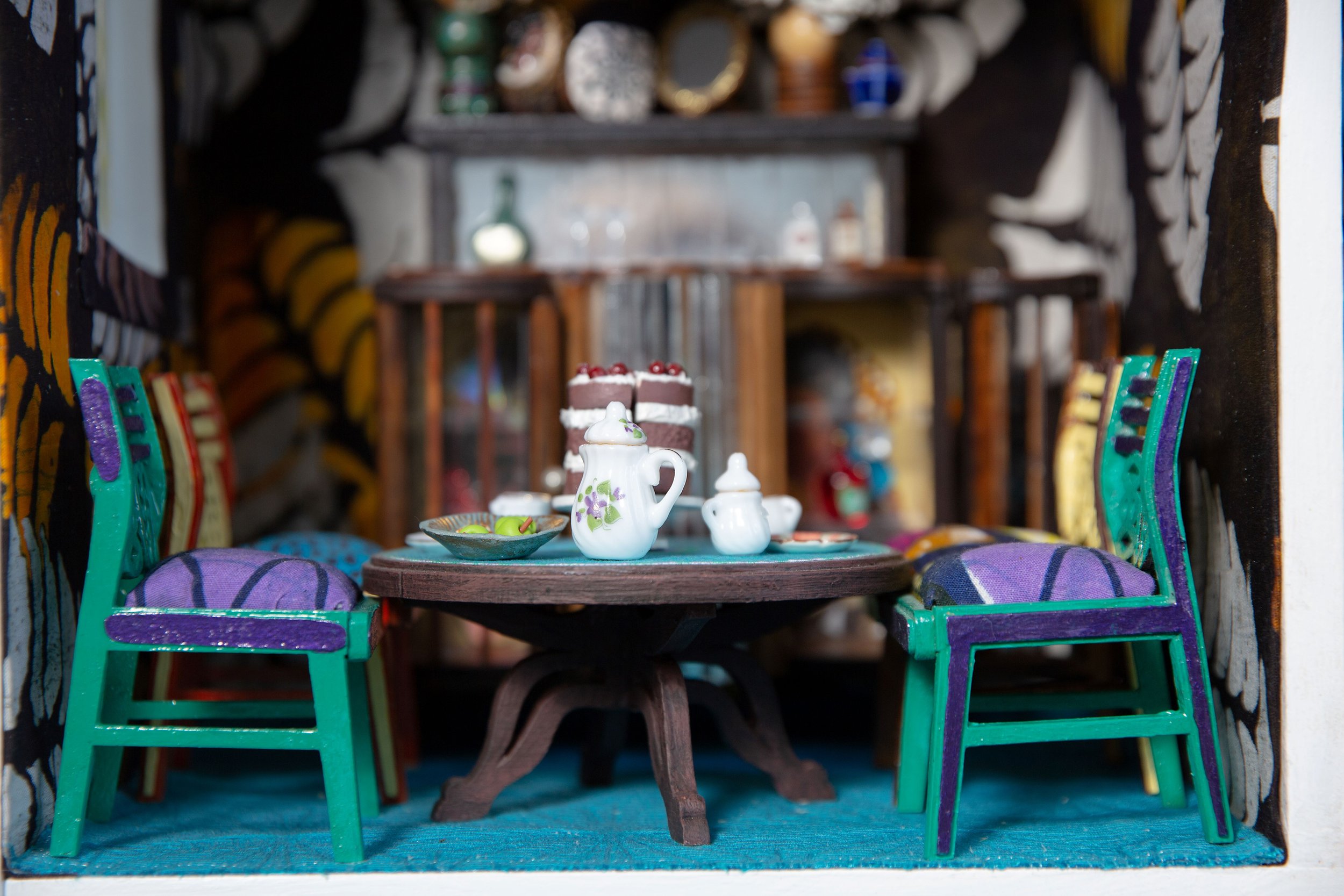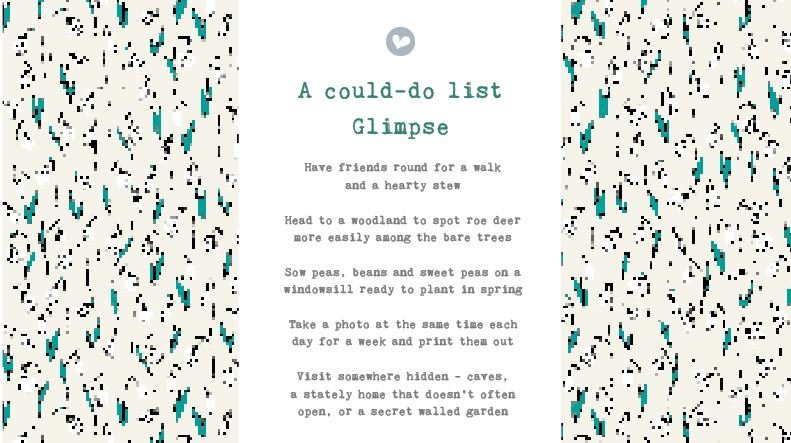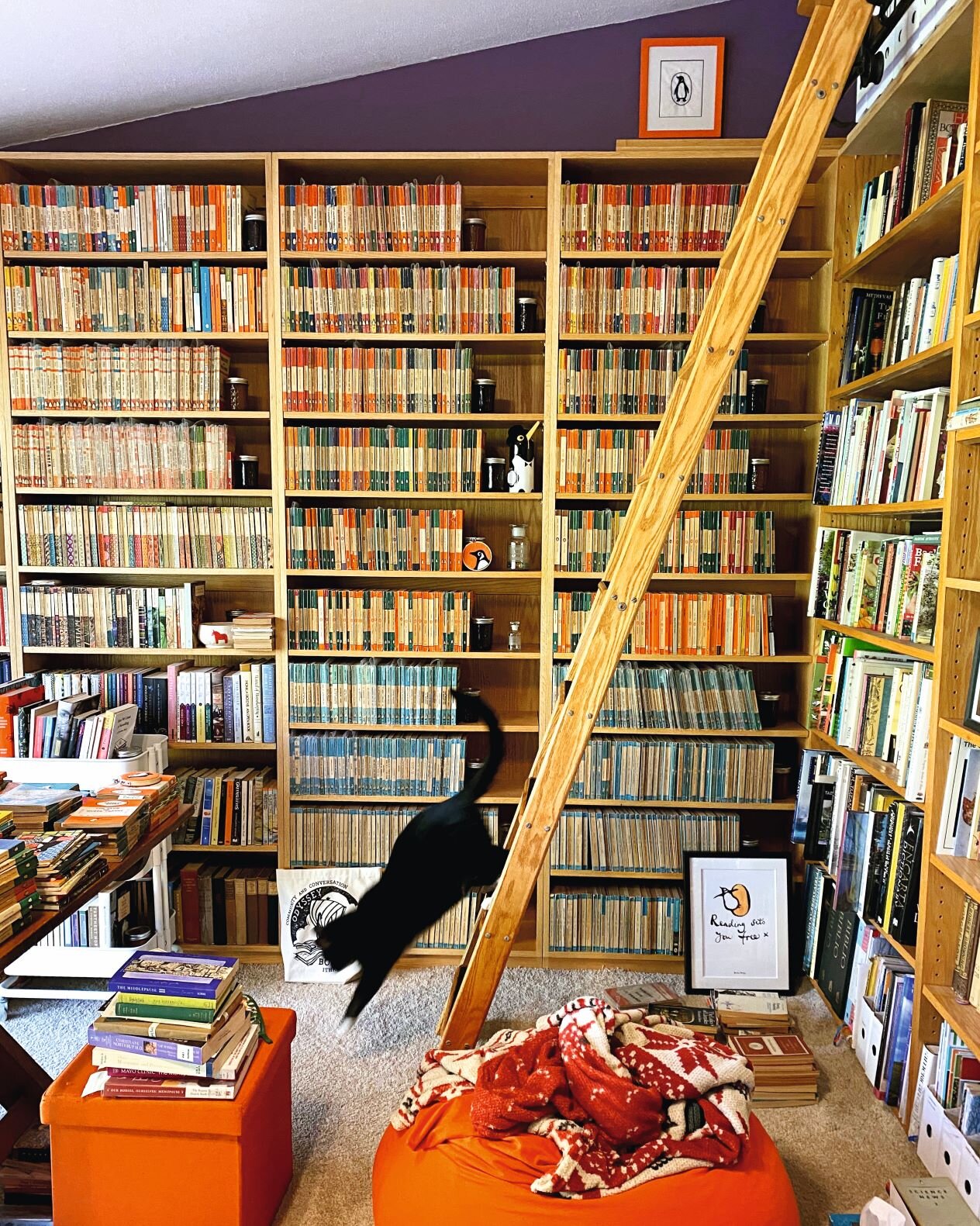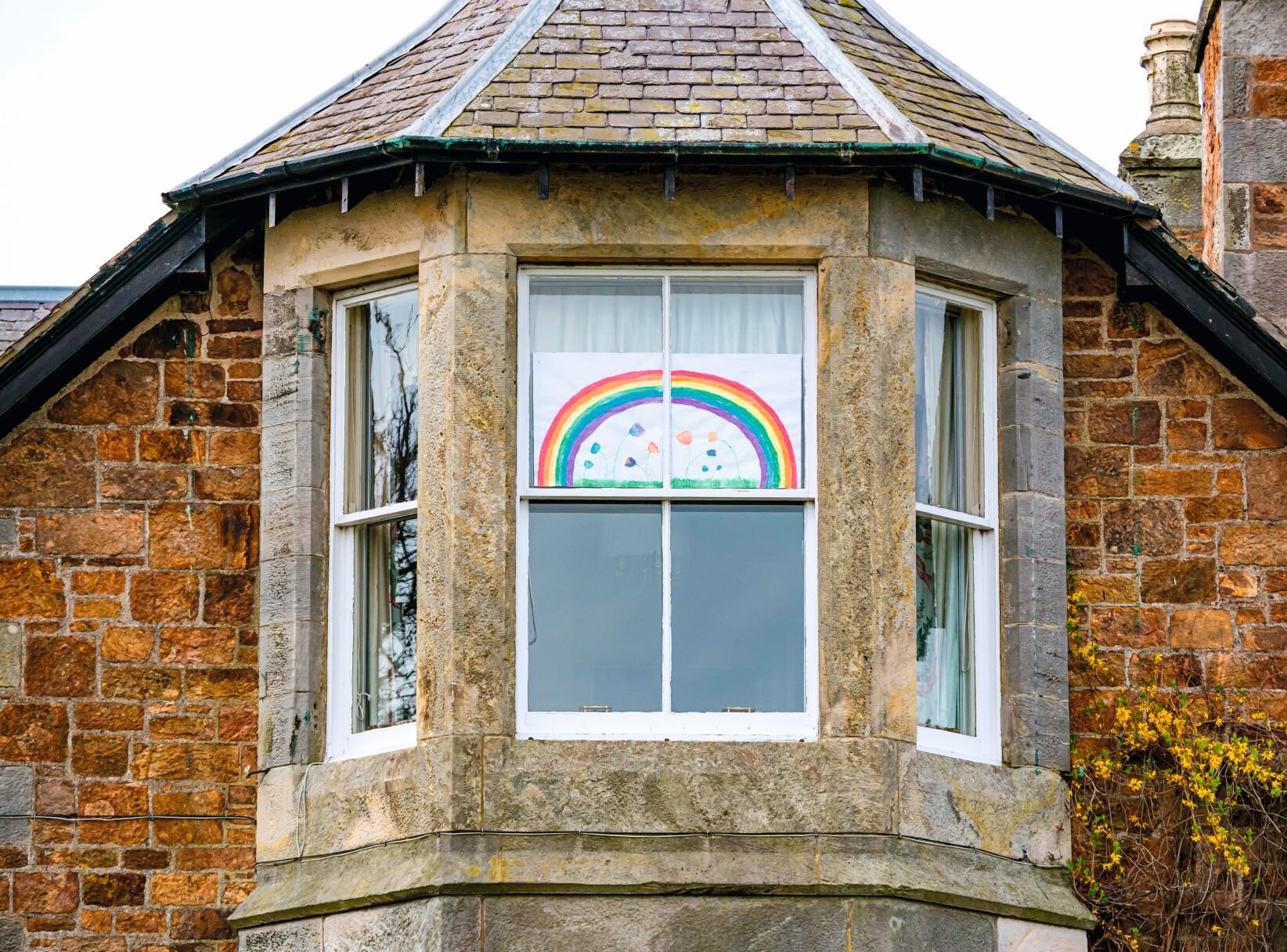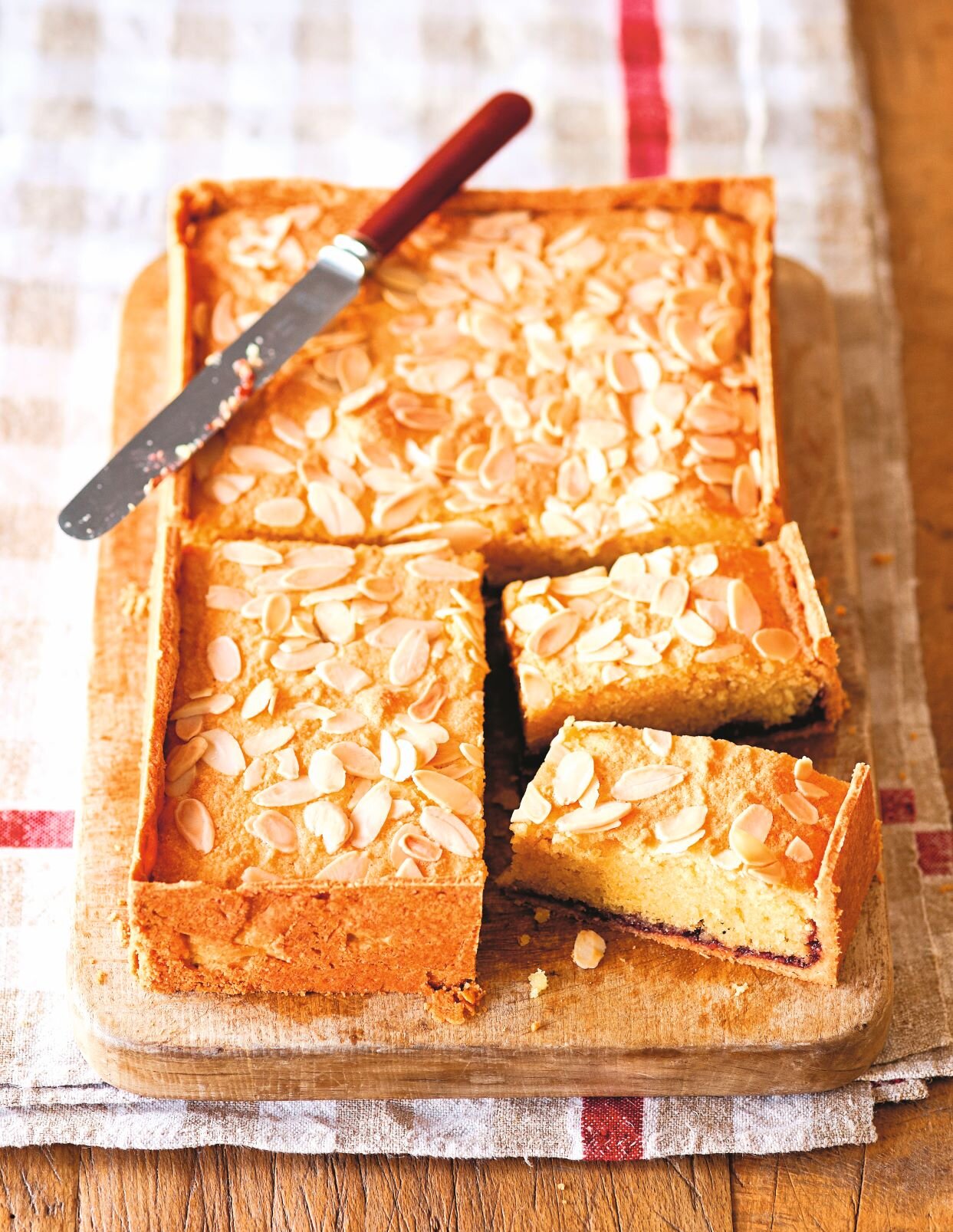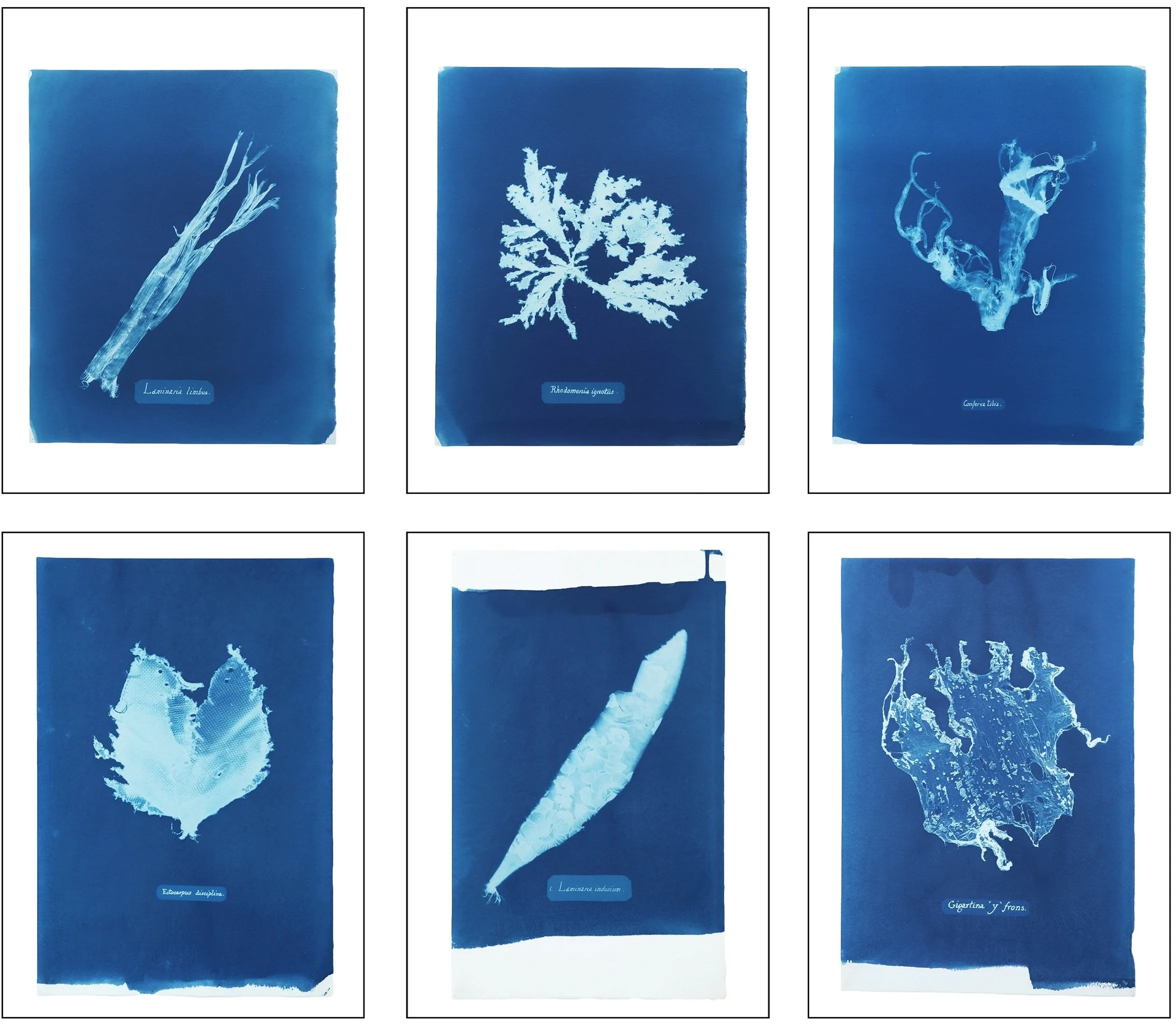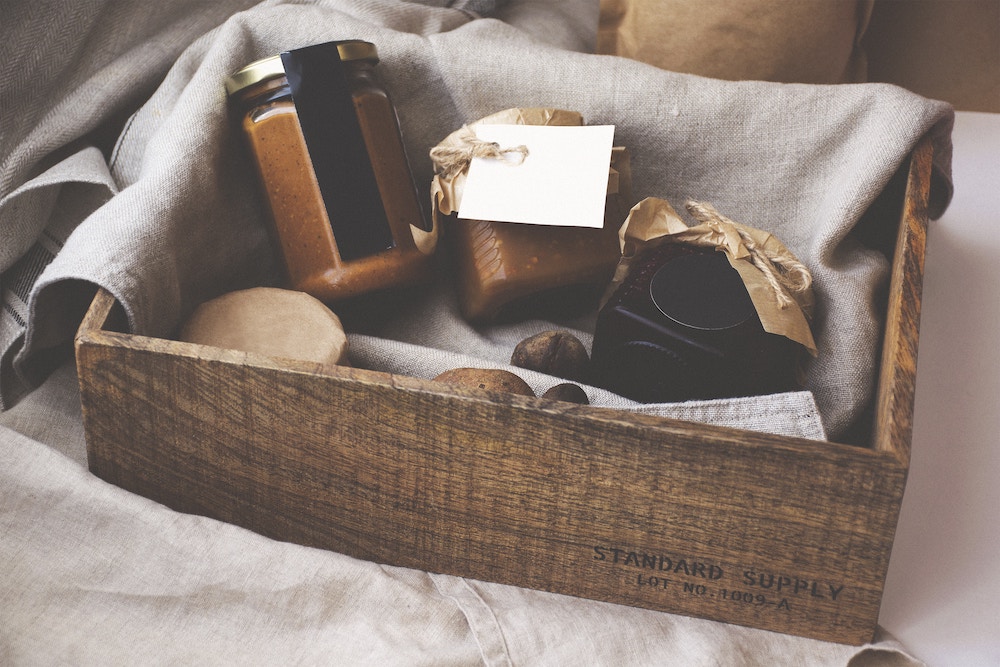Spooks, spirits and scones: the National Trust boasts a cast of hundreds of ghosts
In our September issue, we’ve taken a look at national treasure, The National Trust, in its 125th year, and delved into some of the houses’ lesser known residents. So we thought we should also celebrate some of the properties’ former residents who are still hanging around the hallowed halls and creepy corridors of NT properties. Here are our top ten favourite National Trust Ghosts:
1 The Roman Soldiers at Treasurer’s House
A legion of weary soldiers has been spotted a couple of times in the cellars at Treasurer’s House in York, the most interesting being in 1953 when a chap installing boilers in the cellar saw a line of filthy, weary soldiers emerge from the wall. They wore green tunics and had round shields - both facts were dismissed as incorrect at the time - these soldiers were thought to wear red and have rectangular shields. And they were visible only from the knees up. Later, it was discovered that in fact there was a legion based here who used round shields and wore green. Later still, an old Roman road was discovered about 18 inches below the cellar floor. The soldiers had been walking on the original road.
2 Francis Drake, Buckland Abbey
One of the Trust’s more famous residents who has outstayed his welcome is Sir Francis Drake who settled at Buckland Abbey in Devon when his days on the Golden Hind were over. His ghost is said to ride across Dartmoor in a black coach, driven by headless horses.
3 Dripping Man, Scotney Castle
A dripping wet man is said to haunt Scotney Castle in Kent, allegedly a Revenue Officer, murdered by smugglers and thrown into the moat, who returns regularly, seeking revenge on his assailant.
4 St Cuthbert, Lindisfarne
Holy Island in Northumberland provided sanctuary for St Cuthbert and the monk’s spirit is said to still wander near the priory to this day when the moon is full and the tide is high.
5 Anne Boleyn, Blickling Hall
Blickling Hall in Norfolk is home to several spirit squatters but the most famous of them must be Anne Boleyn. Blickling is built on her birthplace and it’s said that every year on May 19th, the anniversary of her execution, her ghost, holding her head in her own lap, is driven by ghostly coach up to the door of Blickling Hall by a headless coachman. As it nears the entrance, the coach vanishes.
6 Seven-foot skeleton, Dunster Castle
A proper, spooky, rattler of chains, this one… Dogs refuse to enter the room under the Gatehouse at Dunster in Somerset, where a giant skeleton was found manacled to several others.
7 Mr Windham the book lover, Felbrigg Hall
Bookworm William Windham loved books so much he risked his life to save the library of a friend when it caught fire and died of his injuries a short while later. But staff at his former home, Felbrigg Hall in Norfolk, often report seeing him sitting in a chair or table in the library, catching up on his reading. Apparently he only visits when a certain combination of books are left on the library table.
8 The floorboard-tampering poltergeist, Sizergh
A spirited poltergeist is said to create ‘happenings’ at Sizergh in Cumbria. Several times it has torn floorboards from the floor and flung them about the place; a sort of spirited 60-minute Makeover, if you will.
9 The White Lady, Washington Old Hall
Washington is home to many a ghost (there’s also a grey lady and a crying child) but the white lady wanders the corridors, wringing her hands. It’s said the smell of lavender pervades the place, too. We conclude that she can only be rubbing in some calming hand lotion.
10 Tutting gent, Penrhyn Castle
At Penryhn Castle, pictured above, a volunteer encountered a short gentleman in a brown suit, who entered the room, tutted, raised his eyebrows and then disappeared around the corner and vanished completely. Suggestions were that it might be the third Earl of Penrhyn, unimpressed with the new layout of his furniture.
If you’d like to go National Trust ghost-hunting near you, visit the NT’s page of their most haunted houses. Read our feature on the National Trust in the September issue starting on p70.
Buy this month's The Simple Things - buy, download or subscribe
More from September issue…



